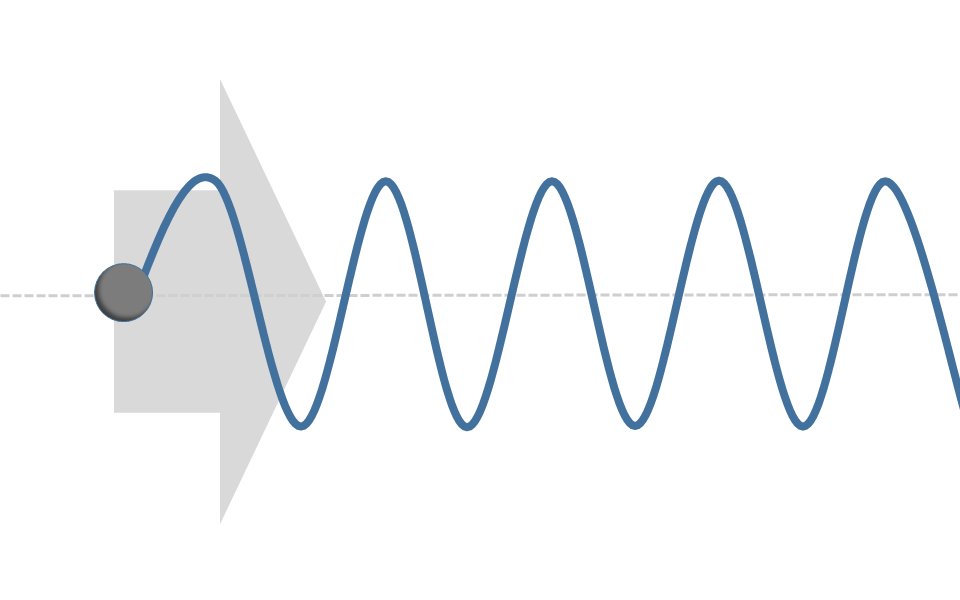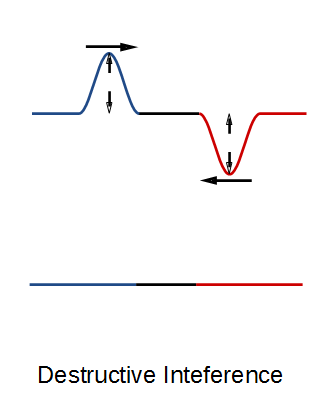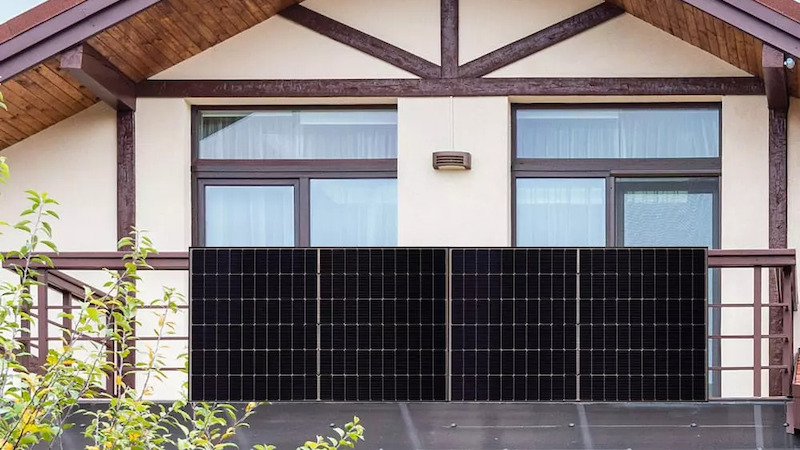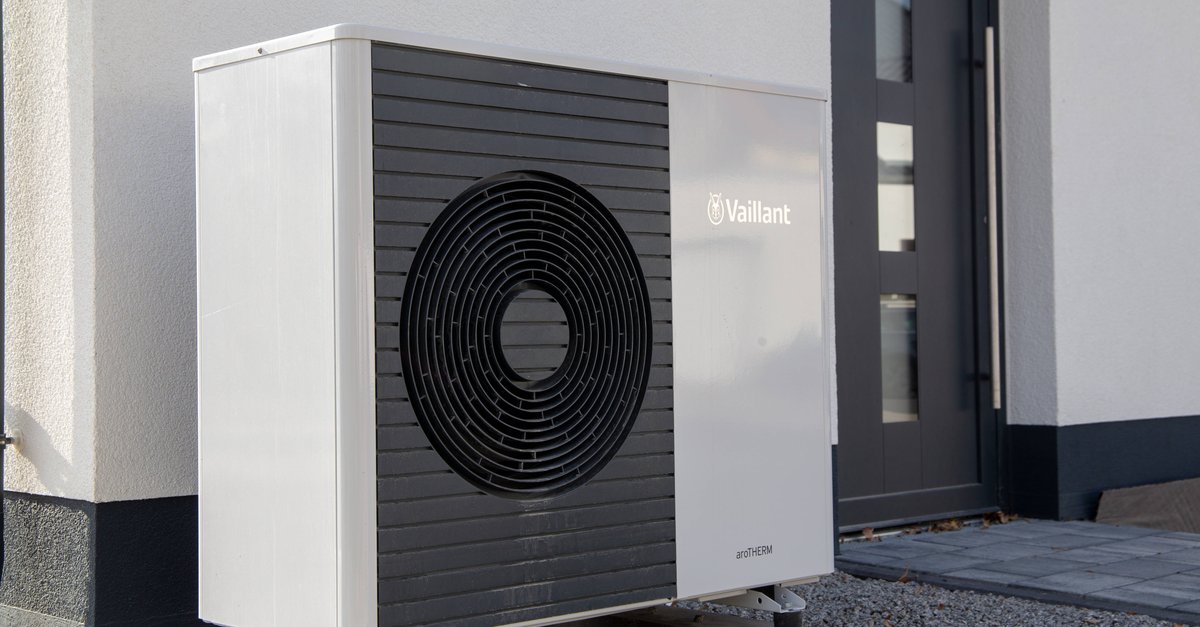How does it work and is it harmful to health?
How does active noise canceling manage to reduce the sound from outside and thus ensure peace and quiet and undisturbed music enjoyment? And is absolute silence actually also possible? GIGA audio expert Stefan explains how noise reduction in headphones works technically and whether there is a risk of damage to health.
Contents
Active noise canceling technology: wave crest meets wave valley
This is the technical basis for active noise cancellation (ANC) Counter-sound principle. That means: sound becomes active with sound “extinguished”. In contrast to ear plugs, which are simply inserted into the ear and which block the sound through insulation – this is a passive process.
What does the sound look like that we can hear as sound, music, language or noise? A vibrating guitar string is a good example: Here we hear the sound produced and also see what creates it. What we hear is that swinging movement the string that is transmitted to the surrounding air and reaches the human ear in the form of vibration. The brain interprets these fine vibrations as sound. So we can perceive vibrations – or to put it more precisely, fluctuations in pressure and density in the air – as sound.
The term “Sound wave” brings it to the point, it is a wave that is transported on by the air and that continues to grow. We already know that from elsewhere: If you throw a stone into a pond, you can wonderfully watch how the waves that are generated spread. From above they look like ever larger rings and from the side like a regular pattern – an up and down of mountains and valleys. A single wave always has a highest and a lowest point.
The stones are thrown into the same pond at a distance from each other. What happens when two waves collide? The wave rings spread out, meet in the middle and … – what takes place now cannot be said in general, because it depends on the exact point in time.
- A particularly high wave crest could form if the moment is right and two wave crests add up.
- When two wave troughs unite, a particularly deep valley is formed.
- The third case is that Basis for active noise reduction: A wave crest meets a wave trough and both cancel each other out. You know that from mathematics: +1 and -1 add up to 0. Transferred to sound this means: If two uniform sound waves meet at the right moment, they can cancel each other out and there is silence. The natural sciences, more precisely: the physics, speaks in this case of destructive interference.
Headphones with active noise canceling work according to this principle and are therefore equipped with microphones. These permanently record the noises from the environment. The built-in electronics process these signals at lightning speed – the faster the better: they turn the sound waves around, a signal of opposite polarity is generated and passed on to the headphones and “mixed” with the music, provided you are listening to it. If this anti-noise hits the eardrum at the same time as the original signal – i.e. the actual ambient noise – then they cancel each other out and you hear … nothing.
The noise-canceling headphones not only have to be able to play music, they also have to generate a counter-polar image of the ambient noise and mix it in with millisecond precision. The better it all works, the stronger the noise reduction effect.
Active noise canceling: how does it sound?
Active noise canceling is particularly suitable for low frequencies turn off. The technology can show its strengths with the monotonous hum in the aircraft. In fact, the principle also comes from aviation, where pilots have the problem that the engine noise drowns out radio traffic. With active noise suppression, you can hear the other party’s voice much better in the headset and you don’t have to turn it up so loud.
In an experiment we recorded for you how strong noise canceling works (it is best to put on headphones when you watch the video):
At high frequencies, the method is less effective due to interference, and the principle works less well even with very loud noises. Something else helps there: The shielding through a good fit and complete closure of the ear. As with hearing protection on the construction site: the noise of the jackhammer does not penetrate the ear, the energy of the sound wave apparently fizzles out on the hearing protection housing. Physically correct is: It is converted into thermal energy. If a good passive shielding and an effective active noise canceling combined the noise-canceling headphones are particularly good.
But: Even the best headphone model can not for absolute silence ensure that each ear would have to be measured individually and the electronics adapted accordingly. Part of the ambient sound is also picked up by the skull bone and thus transported to the eardrum. The headphones cannot intercept or suppress this. Anyone who experiences active noise canceling for the first time will still be amazed. You can still perceive your surroundings – but much quieter, as if you had locked a door behind you. Then turn on music and the experience is perfect.
Is noise canceling harmful to your health?
ANC can make some people feel pressure – it’s not particularly comfortable. But: Can noise-canceling headphones actually harm your health? No, the opposite is true, like Dr.-Ing. Hannes Seidler (Technical University of Dresden, Medical Faculty, Clinic and Polyclinic for ENT Medicine, Ear Research Center Dresden) on our request. Here is his detailed answer:
What does Active Noise Canceling do? Every sound is passed on as a pressure wave in the air and arrives at the ear that way. If there was a wave that swung up and down, I could create a second wave with exactly the opposite swing. If both are correctly superimposed, the deflections compensate each other and there is no longer any sound. So rest.
Ideally, that would work that way. Unfortunately, our noise sources are mostly point-like and therefore emit circular sound waves. If I superimpose two of these structures, what you can see on a lake after two stones have fallen into the water: When the two circular wave fields penetrate each other, there are calm spots on the water and particularly pronounced wave crests in other spots. Translated into acoustics, this means that a reduction in noise at one point is bought at the price of an increase in noise at another point.
Headphones with Active Noise Canceling contain microphones, special amplifiers and loudspeakers in order to use this method to reduce external noise so that considerably less of it arrives at the entrance of the ear canal. In the case of low and medium tones, the reduction can be achieved in the entire area of the headphone capsule (the reason is the sound wavelength in air for the size of the headphone). In the case of high notes, it can actually get louder in some places in the headphone cup. This is why the position of the headphones is important. Then these louder tones do not reach our ear canal and thus the inner ear. This also means that there is no hearing damage.
Hearing damage can only occur if the music that is actually desired is heard too loudly. This is exactly what you don’t need anymore, since the outside noise is quieter. So: headphones with noise canceling help prevent hearing damage!
Noise canceling headphones
Numerous manufacturers are actively bidding noise-canceling headphones on – both classic on-ear headphones with headband and compact plug-in in-ears. The models are usually a bit more expensive than conventional headphones and either additional batteries, a built-in rechargeable battery or a connection via Lightning or USB Type-C are required.
Here is a listing of popular ANC headphone models that GIGA has tested. Click on the name to open the corresponding test report.
You can always find the latest recommendations for headphones with noise canceling in our purchase advice:
You don’t want to miss any news about technology, games and pop culture? No current tests and guides? Then follow us on Facebook (GIGA Tech,
GIGA Games) or Twitter (GIGA Tech,
GIGA Games).






